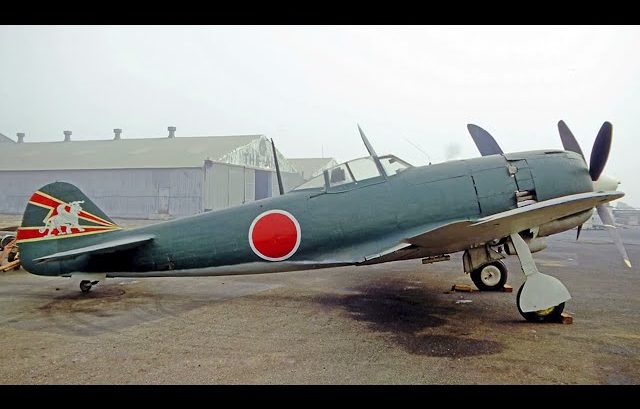At the height of the war, the Japanese sought to develop one last aircraft that could bring the war in their favor against the Allies.
Enter the Nakajima Ki-84 Hayate. Considered the finest Japanese fighters ever built, it completely took the USAF by surprise.
The Gale
A single-seat fighter, the Hayate (Japanese for Gale,) was a cantilever low-wing monoplane with a slender and conventional-looking fuselage.
The Ki-84 can reach a maximum speed of 287 miles per hour and almost 500 when diving.
Notable Features
With an endurance of 1.5 hours and a range of 250 miles, it could climb up to 16, 405 feet in six minutes and 26 seconds. It’s powered by a single 1,800-horsepower fuel-injected Humare Ha-45 radial engine.
For its armament, it had two fuselage-mounted synchronized machine guns and two wing-mounted cannons- a significant improvement over its predecessor. Its defensive armor, a 2.56 armor also provided pilots more protection.
Shake Up
During the planning of the invasion of the Philippines, and to neutralize Japan’s forces, the US Navy sent Task Force 38. On October 12, the task force crashed down on the Japanese, leading to large losses for the latter.
Last Ones Standing
Although initially promising, the Ki-84 showed signs of weaknesses. By late 1944, growing difficulties in securing skilled pilots and getting proper fuel, and getting enough materials prevented it from reaching its full potential.
By January 1945, the 11th Sentai didn’t have any combat-worthy Ki-84s left.
Hayate 1446
Following the surrender of Japan in the summer of 1945, the Allied soldiers found a damaged and abandoned Hayate on the outskirts of Clark Field in the Philippines.
Marked with the number 46, the model was taken in, and transported to the US, bouncing from one owner to the next until it was restored to flying condition and returned to Japan in 1973.
It was then transferred to the Chiran Tokkō Heiwa Kaikan) Museum in Kagoshima Prefecture where it is still displayed up to this day.



